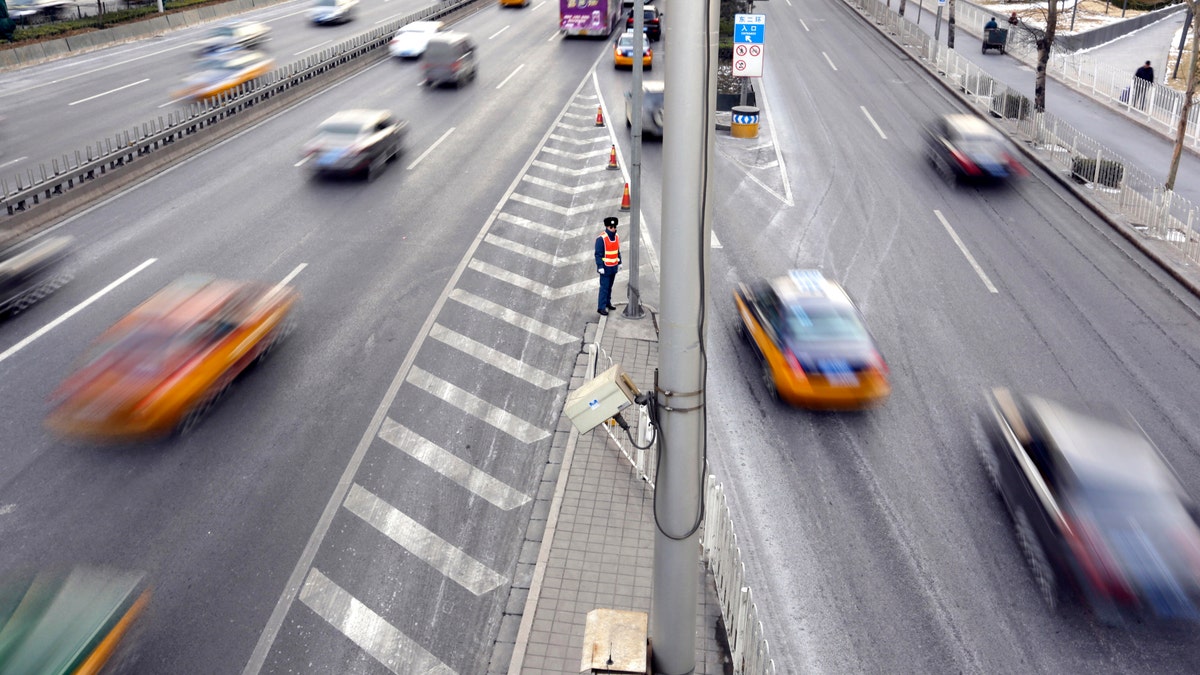
File photo. (REUTERS/Jason Lee)
Restricting fluid intake on long car trips can increase driver inattention and fatigue, says a small study in the journal Physiology & Behavior. Drivers made significantly more minor errors on a simulated road trip when they were mildly dehydrated than when they’d had enough to drink, the study found.
Many people limit their consumption of water and other beverages on car trips to avoid making frequent bathroom stops, the researchers said. But mild dehydration reduces the volume of blood circulating in the body, which can make people feel lethargic and alter cognitive function, they said.
The study, in the U.K., involved 11 healthy men in their early 20s, who participated in two simulated driving experiments, about a week apart, that tested their driving skills in a hydrated and dehydrated state. Each experiment was conducted over two days. On the first day, in addition to their usual food and beverage intake, the subjects consumed about 10.5 cups of water throughout the day in the hydrated trial and 2.5 cups in the fluid-restricted trial. The following morning, subjects consumed a breakfast of two cereal bars: in the hydrated trial they drank two cups of water with the food but only a quarter cup in the dehydrated trial.
In both trials, about an hour after eating, the subjects took a two-hour driving test on a computer-simulated highway. The virtual roadway included paved shoulders, slow-moving vehicles and the occasional rumble strip. Driver errors, such as lane drifting, were recorded. Brain activity and eye movements were also tracked.
Subjects made a total of 101 minor driving errors when dehydrated compared with 47 while hydrated. Driving errors increased progressively in both experiments, though at a faster rate in the dehydrated trial, and were significantly higher in the last half-hour of driving compared with the first. The error rate in the dehydrated state was comparable to driving with a blood-alcohol content of 0.08%, the legal limit in most U.S. states, the study said.
Caveat: Driving simulation is not real driving. Women drivers weren’t tested.




















